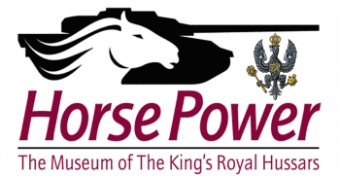The 14th Light Dragoons fought the Sikhs again in a costly battle.
On 13th January 1849, the 14th Light Dragoons, with their new Commanding Officer, Lieutenant Colonel John King, were part of a re-formed cavalry division. The Division, commanded by General Thackwell, was composed of two brigades. The 14th were in the 2nd Brigade, commanded by Brigadier General Pope, with the 9th Lancers and the 1st and 6th Native Cavalry. The Sikhs were positioned at Chillianwalla, which was jungle country and thus ill-suited to cavalry engagements. Gough intended to push in the enemy outposts, encamp, reconnoitre the proposed battlefield and attack at leisure the following day. The Sikhs, however, advanced quickly, giving little time for the cavalry division to form up before battle was joined. The Sikhs had a large numerical advantage with 60,000 men and over 60 guns and outflanked the British at both ends. The Sikhs were stopped, at a high cost in British casualties, from outflanking on the left flank, but on the right, the 2nd Brigade found themselves at the great disadvantage of Brigadier General Pope’s incompetence. Pope was a Lieutenant Colonel of native cavalry who had never commanded in action any formation greater than a squadron, a captain’s command. He was so infirm that at the beginning of the battle he had to be lifted onto his horse. He advanced the brigade in line without scouts in front or reserves behind. He took the brigade in front of his infantry and artillery, blocking off their supporting fire. He tried to move the brigade to its right to avoid this masking and to take some ground, but in the close country the brigade became so confused that he halted it to sort it out. At this point the Sikhs charged the native cavalry between the 9th Lancers and the 14th Light Dragoons. The brigadier gave the order “threes about”. The native cavalry and the two British regiments retired at the walk. The Sikh charge routed the native cavalry, and the two British regiments were forced to retire in haste with them. Shortly, they turned about and reformed, but the damage had been done. Although at the end of the battle, Gough was left as master of the field, the British forces had taken heavy casualties and were unable to continue the fight against the Sikhs until they had been reinforced with some 20,000 men and 88 guns.


